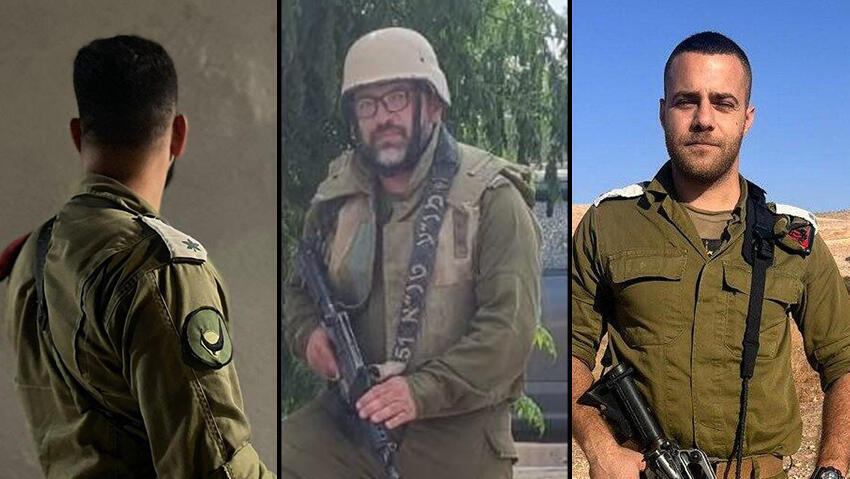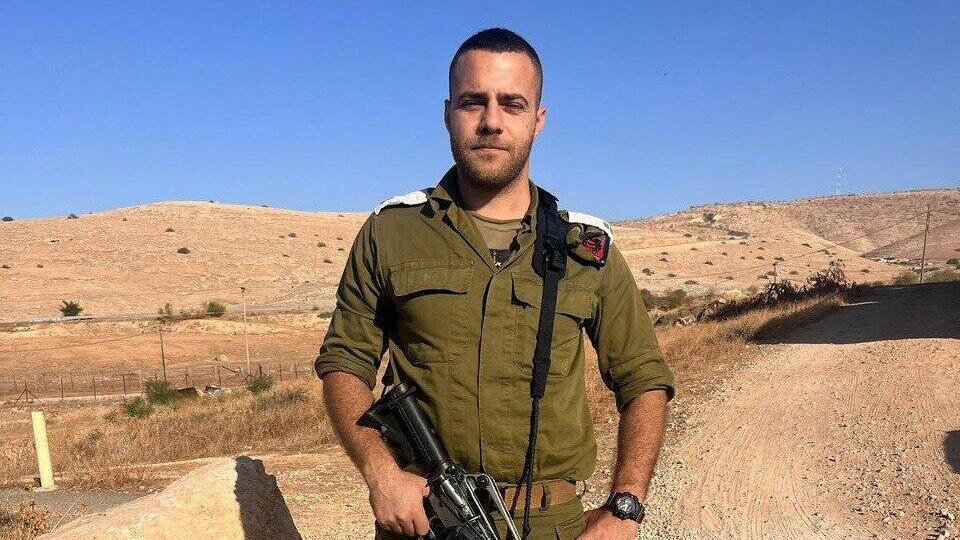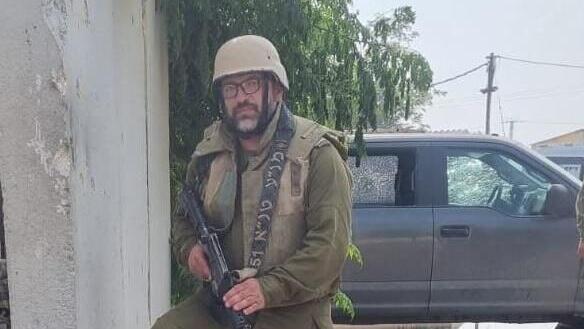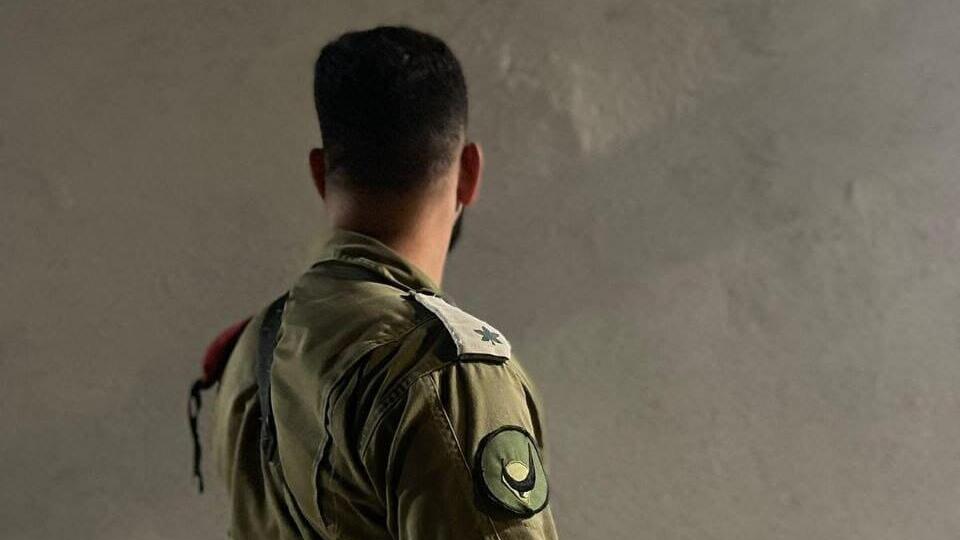Members of the Druze community in Israel have countless tales of heroism to tell amid the war against Hamas. Soldiers eliminated a terrorist, another freed a hostage, and one participated in the battles defending communities in southern Israel.
More stories:
The Druze, who see themselves as an integral part of Israel and nurture a love for it, know this is the time to come together. Everyone, both Druze soldiers and residents, have been volunteering since the outset of the war, setting aside political discord and feelings of discrimination by the Israeli government.
The average enlistment rate into the Israel Defense Forces among the Druze community stands at over 80%, much higher than that of the Jewish population.
Since October 7, four Druze soldiers have been killed. Lt. Col. Alim Saad, 40, from Yanuh-Jat, the 300th Brigade’s deputy commander, and Staff Sgt. Jawad Amer, 23, from Hurfeish, an officer in the 300th Brigade, were killed in a clash with terrorists who infiltrated Israel from Lebanon.
Staff Sgt. Daniel Rashed, 19, from Shefa-Amr, a soldier in the Golan Brigade's 13th Battalion, fell in Hamas’ attack, and Lt. Col. Salman Habaka, 33, from Yanuh-Jat, commander of the Armored Corps’ 53rd Battalion, who fought against terrorists in Kibbutz Be’eri, was killed in the fighting in northern Gaza.
One of the many stories is that of 30-year-old Lt. Sadek Saeed, a commander of a Kfir Brigade hospital, who took part in the evacuation of casualties in Kibbutz Be’eri and acted to save as many lives as he could. "On the morning of October 7, I received a phone call about an incident in southern Israel,” he said. “The soldiers were on their way to the base to get ready, and I headed there immediately. While on the road, I saw a military ambulance and joined it right away. From that moment on, every few minutes, wounded began arriving."
At that point, Saeed began to realize the event’s magnitude. "We set up a casualty management point and treatment stations, and each team was in charge of the wounded arriving. These were intensive hours, with wounded residents and soldiers pouring in from the battles, arriving in civilian cars, military ambulances and helicopters,” he said.
“After a few hours, we realized that a fierce battle was taking place in Be’eri, and it was difficult to evacuate casualties out of there. So, another doctor and I headed toward the kibbutz’s main gate. Managing the event wasn’t easy, but we handled it," he recounted.
Sgt. Maj. Amir Div, a resident of Peki'in, married and a father of three children, also received a call on October 7. He serves as a work manager in the 51st Battalion. At 6:40 a.m., the logistics officer working alongside him informed him about the attack in southern Israel.
"I started driving south, aiming to reach my battalion in Kissufim," he recalled, "During the drive, near Urim, a clash with terrorists took place, and we found two wounded soldiers. My friend and I evacuated them to the hospital.”
“At the hospital, I met a soldier from my battalion who independently rescued his wounded friend from our base near Kissufim, and I decided to head back to Urim with him," he said.
Under fire, they entered Kissufim. They arrived at the base’s war room and received an overview of the wounded soldiers' condition. "From that moment, I was responsible for all the wounded," he said. Div successfully evacuated 20 casualties, civilians and soldiers, entering an armored vehicle and arriving at civilian vehicles that were located close by to the base with their owners still inside.
Maj. L. from Hurfeish, married with a daughter, is an intelligence officer in the 98th Division. On October 7, he woke up early and went out for a motorcycle ride with his friends. At 6:30 a.m., he received a notification about rocket warning sirens sounding in southern Israel, but didn't initially find it to be out of the ordinary.
"After almost an hour, one of my friends mentioned that there might be Israeli hostages," he explained. "I checked my phone and saw several calls from my commander. I realized that something unusual was happening, raced back home to prepare my equipment, and headed south. On the way, I tried to piece the situation together," he said.
When he arrived at his base, the unit began operating according to emergency protocol and, following the division commander's decision, all units began advancing toward the Gaza border. "At 11:00 a.m., I received a report saying my commander was injured in combat and I was being ordered to replace him. En route there, I saw the scale of the disaster. I could smell the smoke, see bodies lying on the road and vehicles filled with bullet holes."
At this point, the division's forces were scattered throughout the area, attempting to locate fleeing Hamas terrorists. Meanwhile, Maj. L. received phone calls from senior officials and civilians who reported about families that had made contact with them but that no one had reached yet.
"One of the cases involved the head of the Sha'ar Hanegev Regional Council’s family, who were trapped inside their home while he was murdered. I directed forces to enter the house after overviewing the intelligence and terrain data. Their rescue involved clashes with terrorists but ended successfully," he recounted.







